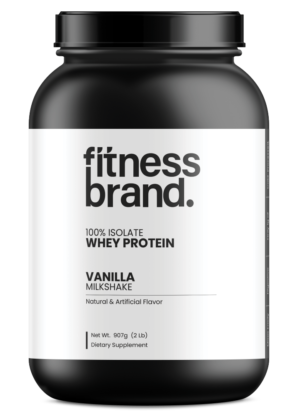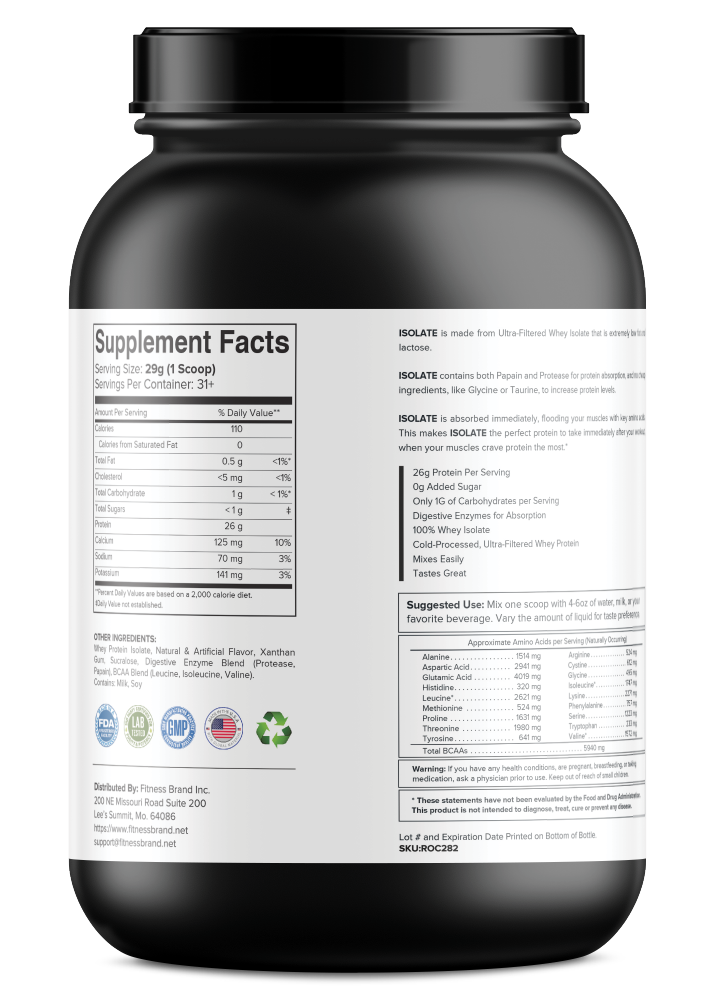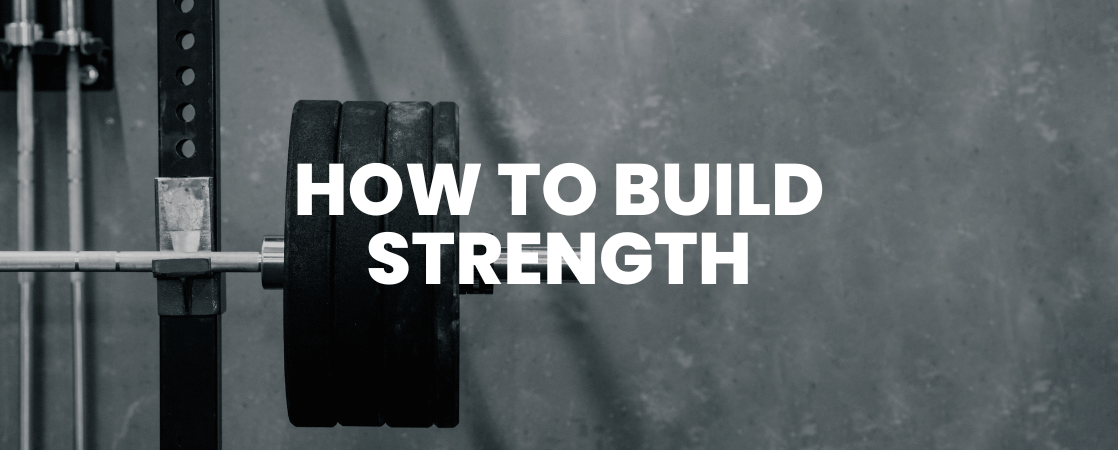


Recovery is a vital component of strength training. By prioritizing post-workout nutrition, sleep, and active recovery, you give muscles the chance to repair and grow stronger.
Proper post-workout nutrition accelerates muscle recovery and prepares your body for the next training session.
By refueling with protein, carbs, and water post-workout, you enhance recovery and set the stage for your next strength-building session.
Sleep is one of the most underappreciated factors in muscle recovery. During sleep, the body goes through essential processes that support muscle repair and growth.
Prioritizing sleep is as important as the workouts themselves for those seeking sustainable progress in strength training.
Muscle soreness is a natural result of intense training, but managing it effectively can aid recovery and help maintain workout consistency.
Using active recovery methods and flexibility work can alleviate soreness, keeping you prepared for your next workout.
Category: Strength Building
